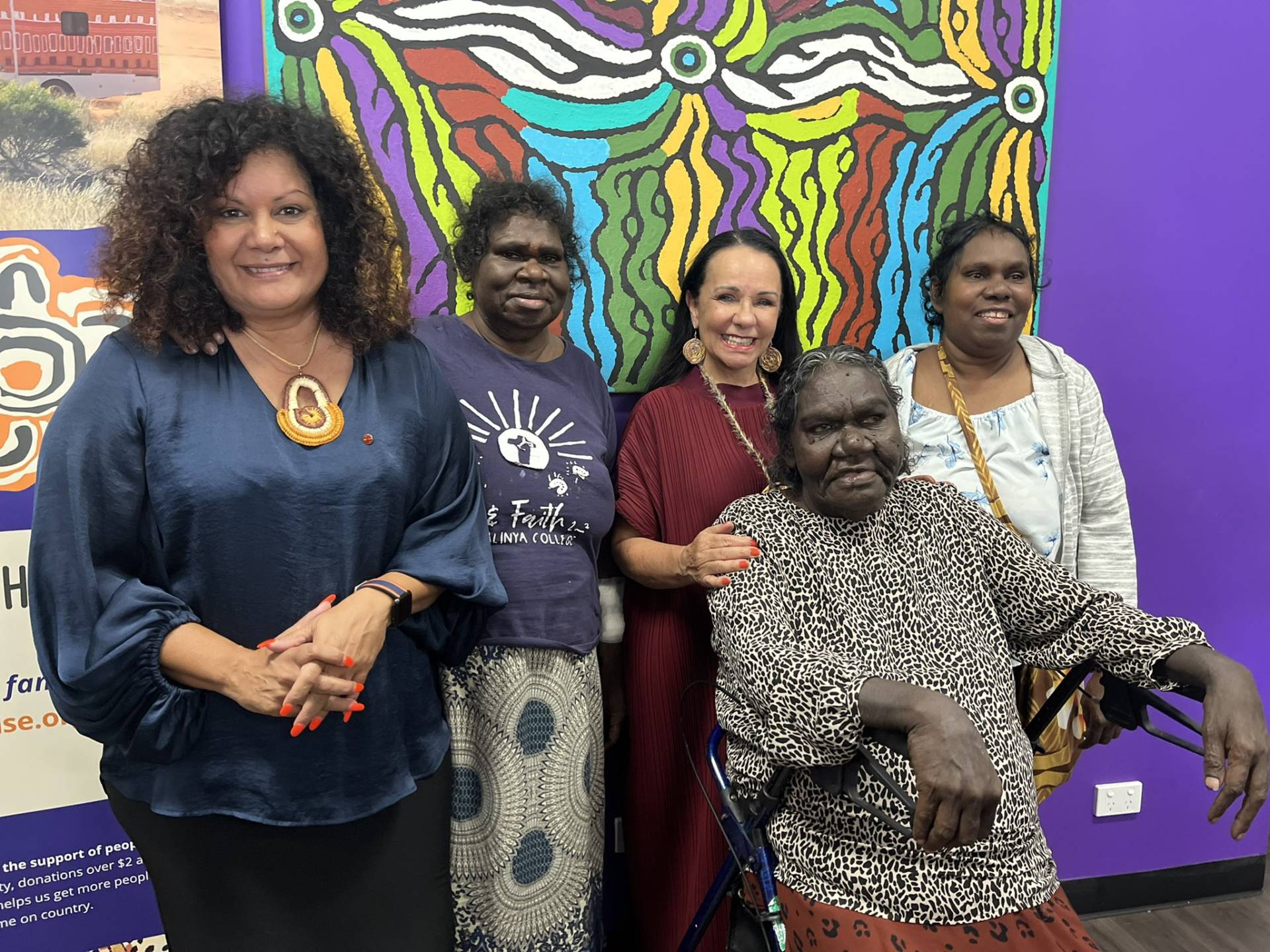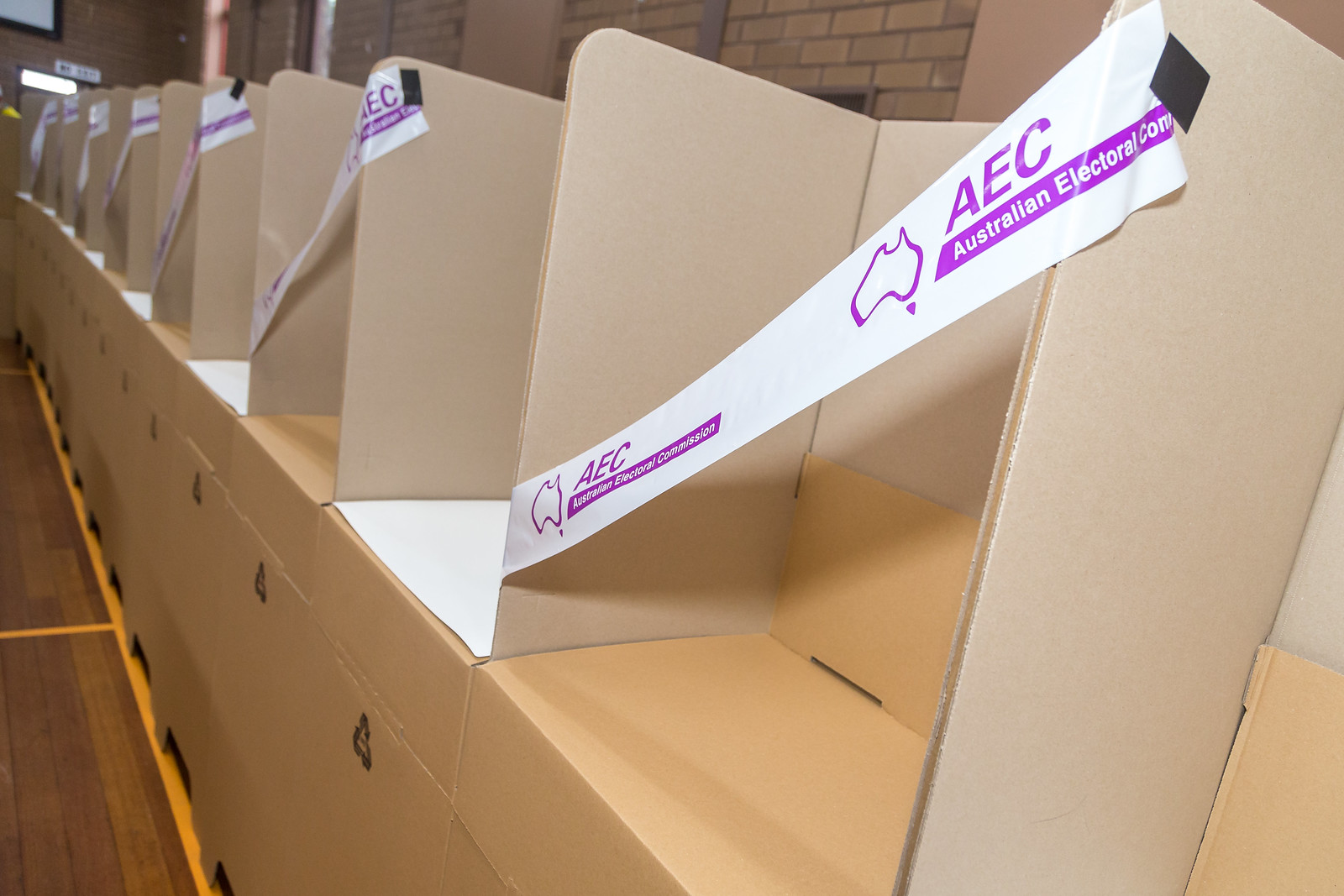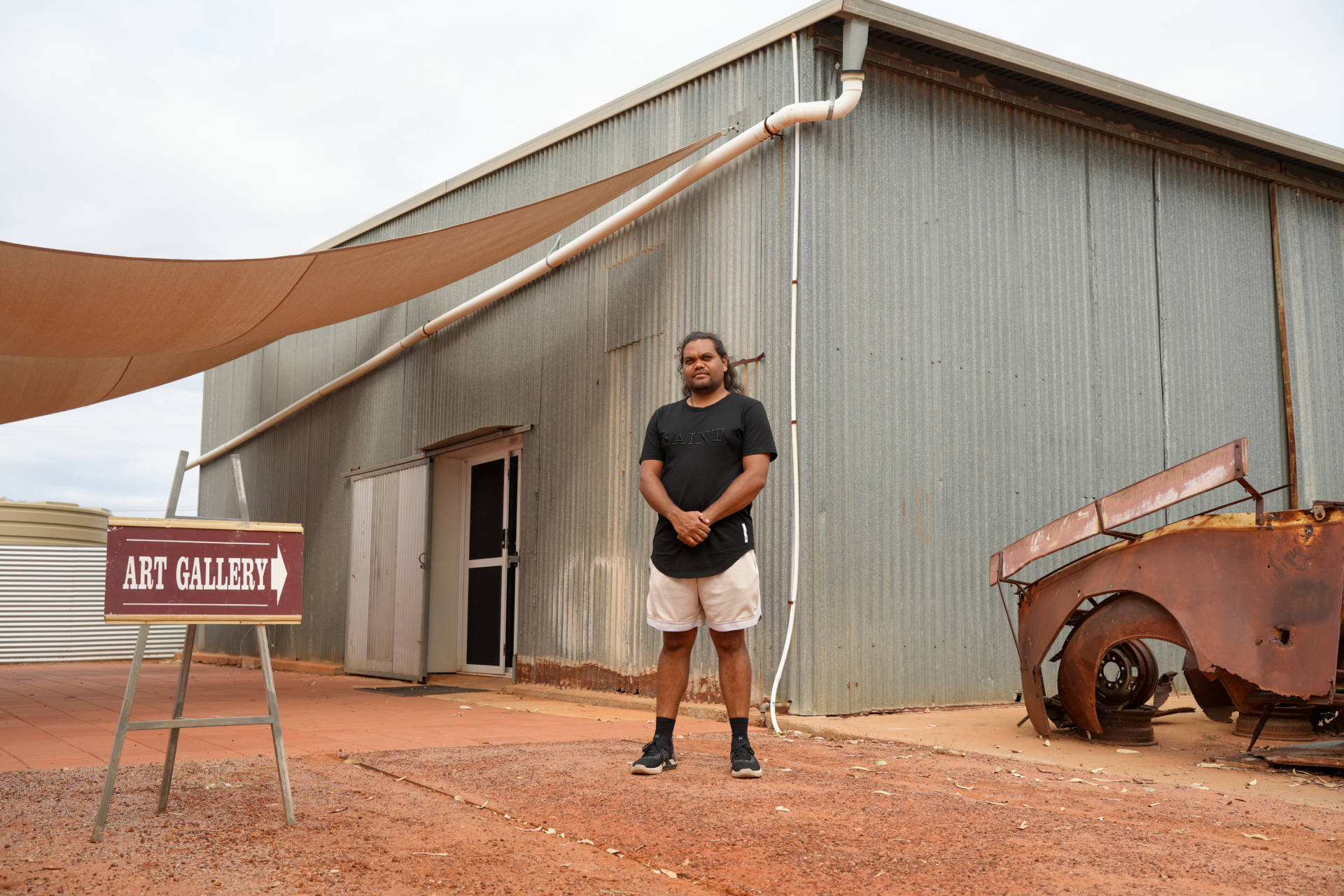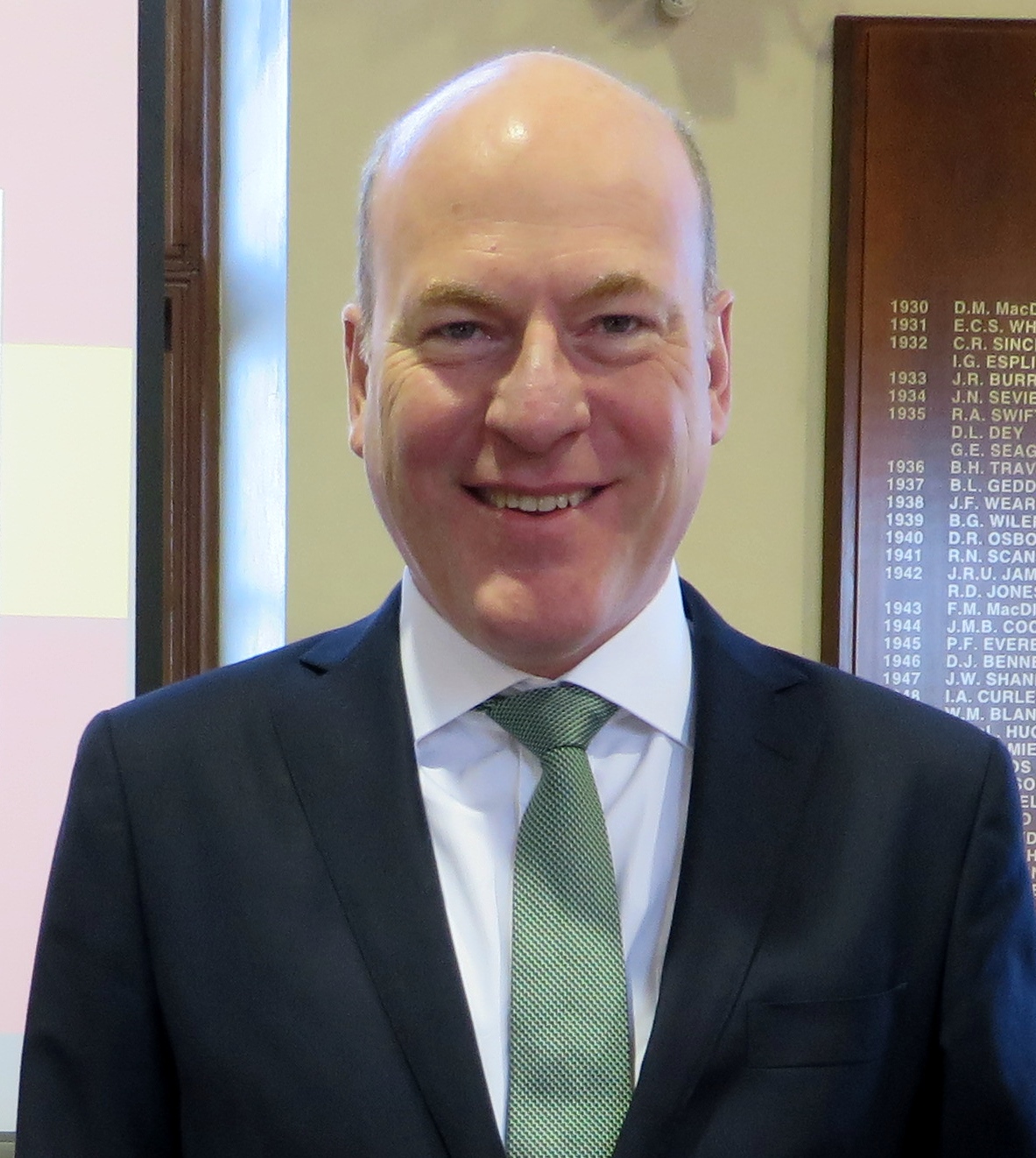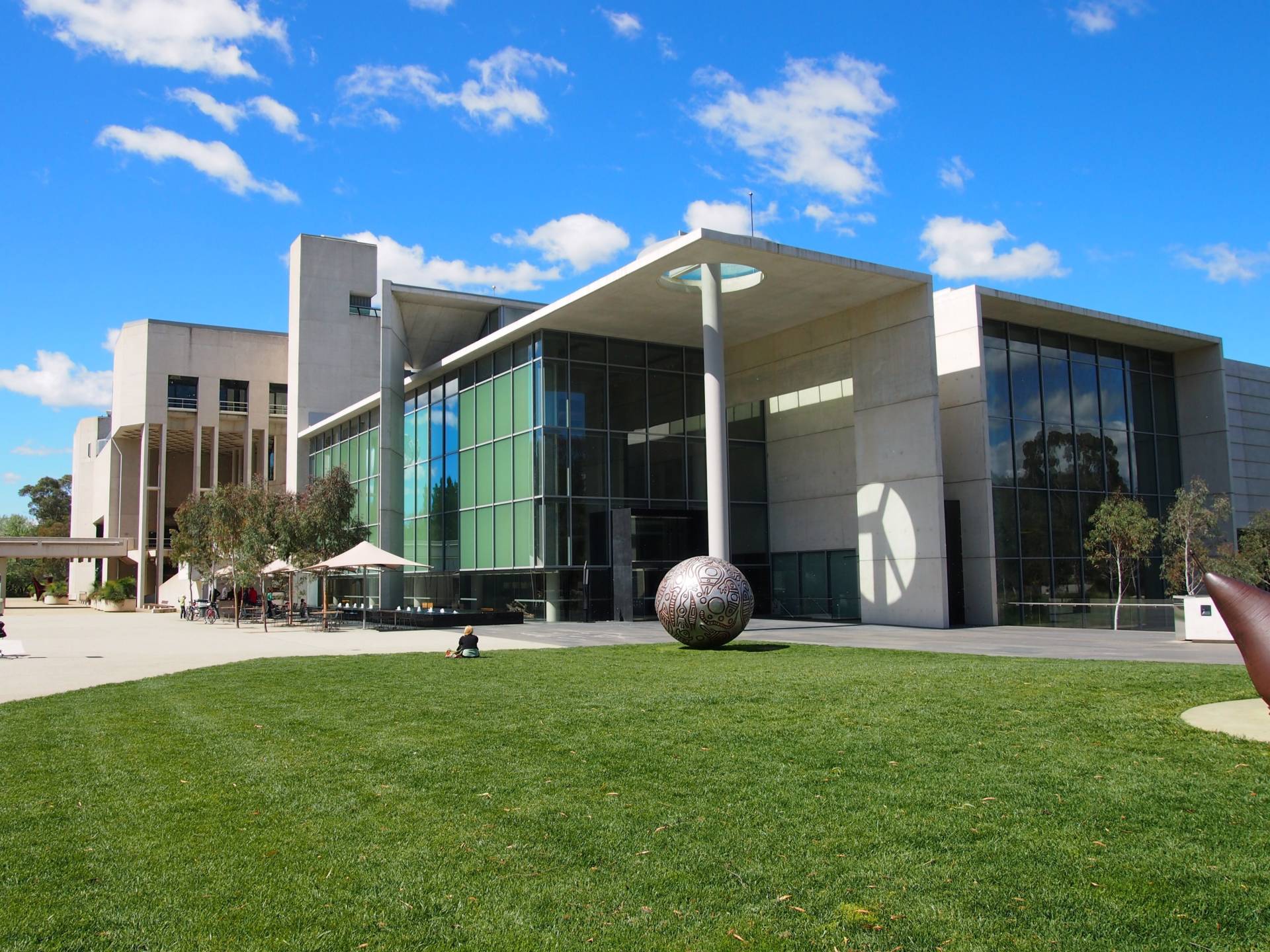Image: Malarndirri McCarthy (Twitter)
For Aboriginal and Torres Strait Islander people living in remote communities, chronic kidney disease is a serious and increasingly common health problem.
Indigenous people are treated for kidney failure at seven times the rate of non-Indigenous Australians. They are four times more likely to die from chronic kidney disease and are less likely to be able to access kidney transplants.
Dialysis is essential in treating patients with end stage kidney disease, but people in remote areas are forced to travel hundreds of kilometres just to receive the same quality of care as those living in larger capital cities.
A federal program is delivering new renal dialysis units in six communities across Australia, including Coober Pedy and Yalata in South Australia, Balgo in Western Australia, and titjere (Harts Range), Borroloola, and Ti-Tree in the Northern Territory.
These new units will be funded with $13.13 million from the Australian Government, and represent the first round of sites selected for up to 30 dialysis units for Indigenous patients, which will be provided over the next four years at a cost of $45 million.
NT senator Malarndirri McCarthy, alongside with Indigenous Affairs minister Linda Burney made the announcement at Purple House in the Northern Territory, an Indigenous owned and operated health service with extensive experience providing renal dialysis in remote First Nations communities.
Senator McCarthy said the delivery of these units in the bush will be a game changer in treating kidney disease and make a significant, positive difference to the lives of First Nations people.
“Dialysis saves lives, and it is so important First Nations people living in some of our most remote communities can access this essential treatment close to home,” she said.
“When kidney disease progresses to end stage, dialysis is essential—but it comes with a huge mental, economic, and emotional toll when patients have to leave family and country.
“These six new dialysis locations are just the start of the Government’s plan to make dialysis accessible in remote areas where First Nations people desperately need it.”
Purple House, also known as Western Desert Nganampa Walytja Palyantjaku Tjutaku Aboriginal Corporation has already undertaken consultation in each location and Chief Executive Sarah Brown says this is an opportunity to help even more communities.
“The Purple House model of care is well established,” she said.
“For two decades we have seen that being back on country with family delivers powerful outcomes across the board, and that giving people hope is transformational.”

